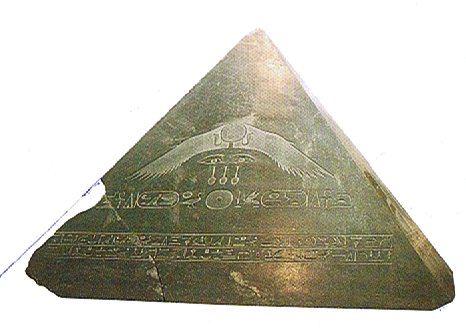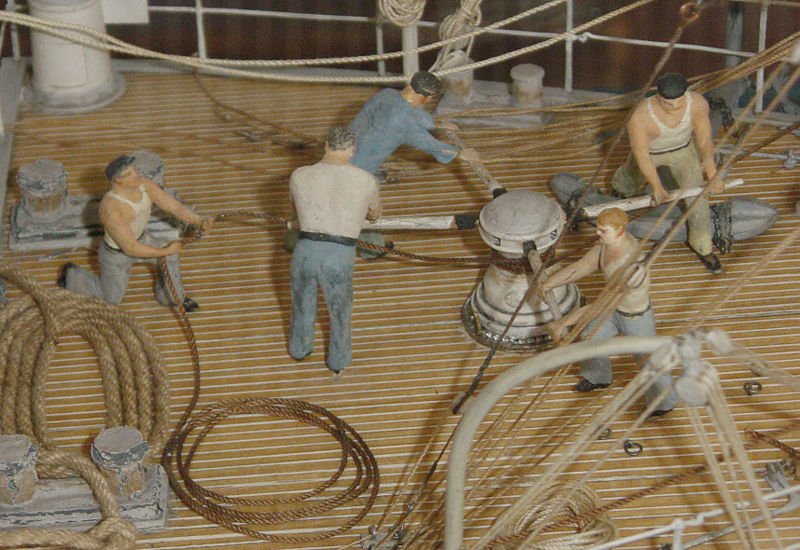If we count should forward from a position in the center between Alkes and Gienah (as if we were looking for Mercury close to the tip of the tail of Hydra) we will reach Spica after around 26 days: (165.6 + 185.1) / 2 = 175.4 and 202.7 - 175.4 = 27.3. But maybe RA day 193 should not be counted and then 27.3 - 1 = ca 26. Day 193 is approximately 'one more' than half 13 * 29½. The reason for jumping over this day may be due to the fact that earth moves around sun in a year, making it necessary to add 1¼ of a day to a cycle of 364 days. Such a 'leap' day will be July 12 if the counting is beginning with January 1, but if the beginning is with March 21, then day 193 will come 80 days later in September 30 - at Mimosa. Counting from May 24 (144) - as in the G text - would put day 193 a further 64 days ahead, at Gregorian day 144 + 193 = 337 (December 3):
Spica in October 10 (283) - 26 (excluding September 30, RA day 193) = day 257 (September 14 and RA day 177), where there is a separate kai arm at left. At the other end of the sky the RA day is 360:
September 14 can be counted as 91 * 4 = 364. The sitting figure is the last one with front arm 'allowing light in'. At Ca8-5 Metoro said kua pau koia which should mean something is 'empty', possibly referring to the preceding marama (light).
At the following glyph he said kua noi ia:
These 8 birds are quite expressive. Comparing them we can indeed see that the one in Ca8-6 is the first of a pair which with their long beaks are looking as if they soon will fall on their faces. The last bird, in contrast, is clearly a juvenile. Maybe October 16, half a year after April 17 (107), is a reason for bowing down, and it could be the heliacal rising of Benetnash:
Benetnash could mark where the influence from Polaris is finished, where he has to be 'carried away on a bier': ... The name [Benetnash] derives from the Arabic phrase meaning 'The leader of the daughters of the bier'. The daughters of the bier, i.e. the mourning maidens, are the three stars of the handle of the Big Dipper, Alkaid, Mizar, and Alioth; while the four stars of the bowl, Megrez, Phecda, Merak, and Dubhe, are the bier ... ... They all sat down and rested [on the plain of Oromanga], when suddenly they saw that a turtle had reached the shore and had crawled up on the beach. He [Ira] looked at it and said, 'Hey, you! The turtle has come on land!' He said, 'Let's go! Let's go back to the shore.' They all went to pick up the turtle. Ira was the first one to try to lift the turtle - but she didn't move. Then Raparenga said, 'You do not have the necessary ability. Get out of my way so that I can have a try!' Raparenga stepped up and tried to lift the turtle - but Raparenga could not move her. Now you spoke, Kuukuu: 'You don't have the necessary ability, but I shall move this turtle. Get out of my way!' Kuukuu stepped up, picked up the turtle, using all his strength. After he had lifted the turtle a little bit, he pushed her up farther. No sooner had he pushed her up and lifted her completely off the ground when she struck Kuukuu with one fin. She struck downward and broke Kuukuu's spine. The turtle got up, went back into the (sea) water, and swam away. All the kinsmen spoke to you (i.e. Kuukuu): 'Even you did not prevail against the turtle!' They put the injured Kuukuu on a stretcher and carried him inland ... However, I suspect there is a possibility that the name Benetnash could be alluding to the Egyptian pyramidion, the 'cap-stone' at the apex of the enormous burial structure (as if it had been constructed for an elephant): ... True pyramids (at least the larger ones), as opposed to step pyramids in Egypt were topped by a special stone called a pyramidion, or sometimes a capstone, which was itself a miniature pyramid. It brought the pyramid structure to a point at the same angle and the same proportions as the main body. Actually, the ancient Egyptian word for the pyramidion, which could also sit atop the apex of an obelisk, was ben-benet, named for the sacred ben-ben stone kept in the temple of Heliopolis, the oldest center of the sun cult in Egypt.
The signs this time of the year are pointing upwards, up from the cup in the tail of Hydra. After the March equinox everything is growing upwards and at the back side of the year, after the September equinox, a similar movent ought to occur, like when migrating birds are returning to the other side of the equator. I looked for guidance in C. T. Onions, The Oxford Dictionary of English Etymology: resurrection ... rising again of Jesus Christ from the dead or of all men at the Last Day ... f. pp. stem of L. resurgere ... in ChrL. rendering Gr. ανάστασις ... resurge ... rise again ... surge1 ... fountain, source ... rolling swell of the sea ... (naut.) slipping back of a rope wound round a capstan ... surge2 ... † toss or ride on the waves; † rise, spring; swell or heave, as a large wave ... (naut.) slip back, as a rope, etc. ... Cat. sorgir, anchor, surgir, land ... L. surgere rise, beside surrigere, f. sub ... + regere, rule ...
| |||||||||||||||||||||||||||||||||||||||||||||||||||||||||||||||||||||||||||||||||||||||||||||||||||||||||||||||||||||||||||||||||||||||||||||||||||||||||||||||||||||||||||||||||||||||||||||||||||||||||||||||||||||||||




















